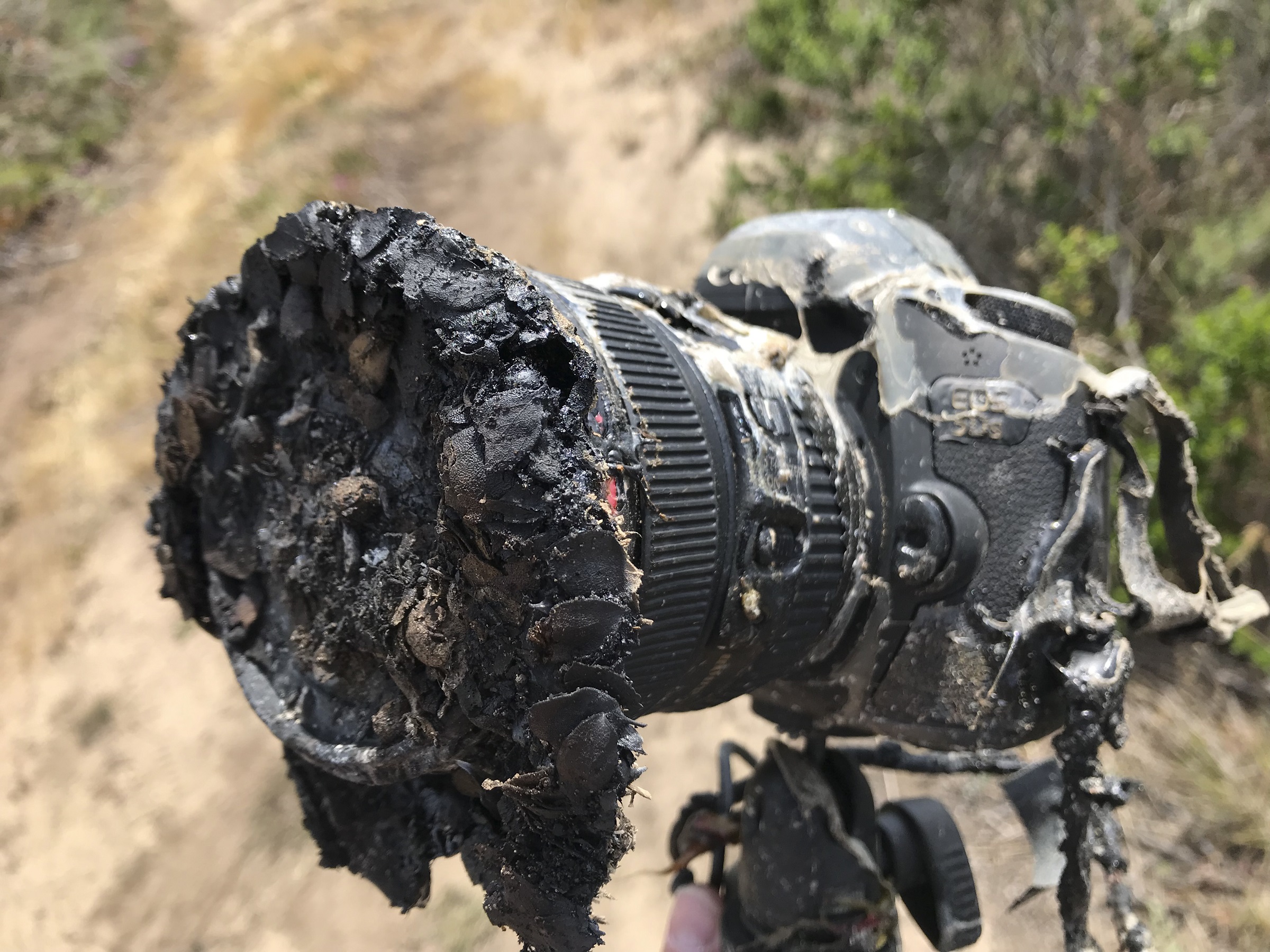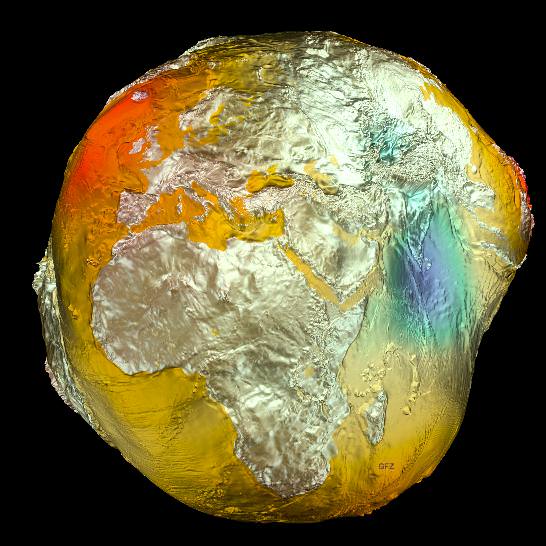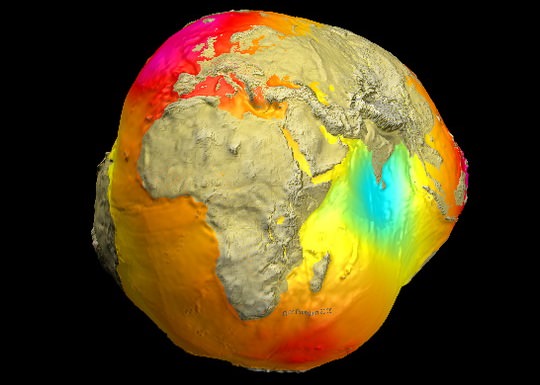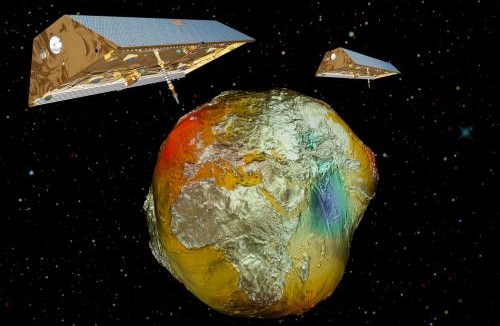NASA photographers have always understood that taking pictures of space launches is a risky business. No one is more familiar with this than Bill Ingalls, a NASA photographer who has taking pictures for the agency for the past 30 years. Both within the agency and without, his creativity and efforts are well known, as his ability to always know exactly where to set up his cameras to get the perfect shots.
Which naturally begs the question, what happened to the camera featured in the image above? This photograph, which shows one of Ingalls remote cameras thoroughly-melted, has been making the rounds on social media of late. As the accompanying gif (seen below) shows, the camera was not far from the launch pad and was then quickly consumed by the resulting fire.
As Ingalls explained in a recent NASA press release, the destruction of the camera was the result of an unexpected brush fire that was triggered when flames from the launching rocket set some of the nearby grass on fire.
What Really Happened to that Melted NASA Camera? https://t.co/kg3wFBCUlm pic.twitter.com/kBdT6OGjjq
— NASA HQ PHOTO (@nasahqphoto) May 25, 2018
“I had six remotes, two outside the launch pad safety perimeter and four inside,” he said. “Unfortunately, the launch started a grass fire that toasted one of the cameras outside the perimeter.”
The event he was photographing was the launch of the NASA/German Gravity Recovery and Climate Experiment Follow-on (GRACE-FO) satellite, which took place at Vandenberg Air Force Base on May 22nd, 2018. As part of a partnership between NASA and the German Research Center for Geosciences (GFZ), this satellite is the successor to the original GRACE mission, which began orbiting Earth on March 17th, 2002.
Unfortunately, the launch triggered a brush fire which engulfed the camera and cause its body to melt. Firefighters reported to the scene to put out the fire, who then met Ingalls where he returned to the site. Luckily for Ingalls, and the viewing public, he was able to force open the body and retrieve the memory card, which had not been damaged. As a result, the footage of the fire as it approached the camera was caught.
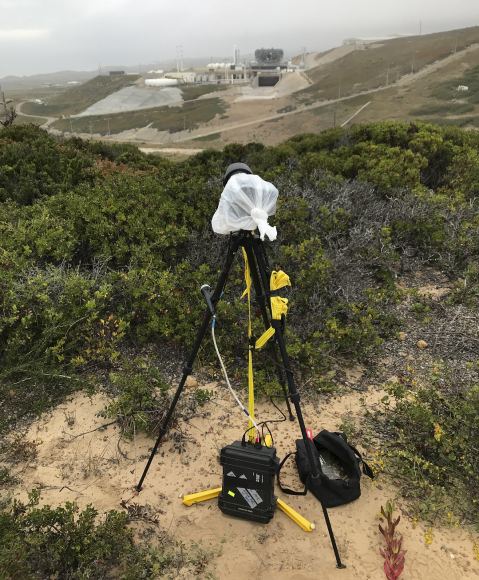
Oddly enough, this camera was the one posted furthest from the launch pad, about 400 meters (a quarter of a mile) away. The four other cameras that were set up inside the perimeter were undamaged, as was the other remote camera. But before anyone starts thinking that this remote was the unfortunate one, the “toasty” camera, as Ingalls calls it, is likely to put on display at NASA Headquarters in Washington, DC.
In the meantime, Ingalls will be traveling to Kazakhstan to photograph the June 3rd landing of the International Space Station’s Expedition 55 crew. He anticipates that that assignment, unlike this last one, will have no surprises!
Further Reading: NASA

